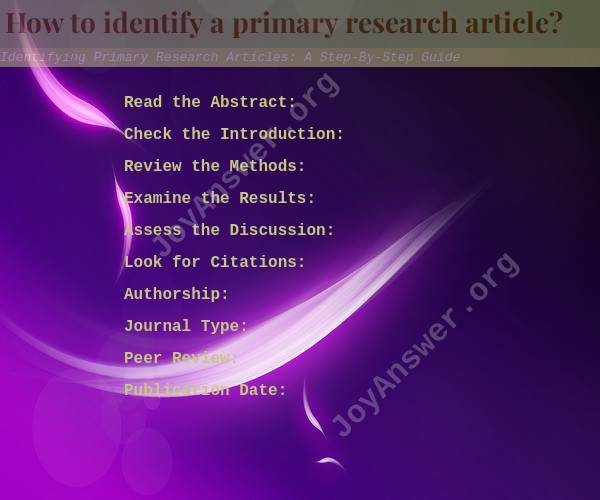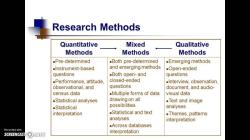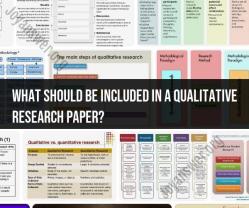How to identify a primary research article?
Identifying a primary research article can be crucial, especially in academic and scientific contexts. Primary research articles report the results of original research studies and experiments. Here are steps to help you identify a primary research article:
Read the Abstract: Start by reading the abstract of the article. The abstract should provide a brief summary of the study's objectives, methods, results, and conclusions. Look for terms like "study," "experiment," "data," and "results."
Check the Introduction: The introduction section typically provides background information on the research topic and states the research question or hypothesis. Primary research articles should present a clear research question or hypothesis.
Review the Methods: Primary research articles should detail the methods used to collect data. Look for descriptions of experiments, surveys, observations, or other data collection techniques. Primary articles will often include subsections like "Materials and Methods" or "Methodology."
Examine the Results: In primary research articles, the results section should present the data collected during the study. This section usually includes tables, figures, charts, or graphs displaying the data. Primary research articles should provide raw data or summarize it without interpretation.
Assess the Discussion: The discussion section interprets the results in the context of the research question or hypothesis. Researchers discuss the implications of their findings, compare them to previous studies, and suggest future research directions. A primary research article should have a discussion that relates directly to the results.
Look for Citations: Check if the article cites other research papers. Primary research articles may include references to existing studies and literature to support their research context, but they should primarily focus on reporting their own findings.
Authorship: Consider the authorship of the article. Primary research articles are often written by the researchers who conducted the study and include their affiliations and contact information.
Journal Type: The journal in which the article is published can also be an indicator. Scientific journals that primarily publish original research articles tend to be more focused on primary research.
Peer Review: Look for signs of peer review. Most primary research articles undergo a peer-review process where experts in the field review and validate the research before publication.
Publication Date: Check the publication date. Primary research articles are typically up-to-date and report recent research findings.
Remember that not all articles in scholarly journals are primary research articles; some may be reviews, commentaries, or secondary analyses of existing data. It's essential to thoroughly examine an article's content and structure to determine if it qualifies as a primary research article.













